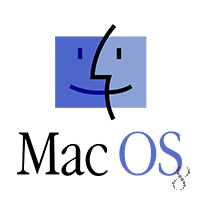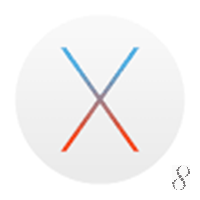Troubleshoot PREF Files
Typical PREF Opening Challenges
macOS Not Present
You attempt to load your PREF file and get an error such as "%%os%% Can't Open The PREF File Extension". If so, it typically means that you don't have macOS installed for %%os%%. Because your operating system doesn't know what to do with this file, you won't be able to open it by double-clicking.
Tip: Another PREF-related program can be selected to open the file by clicking "Show Apps" and finding the application.
Incorrect macOS Version
In some cases, you might have a newer (or older) version of a Preferences File file that is unsupported by your installed application version. Visit the Apple website to download (or purchase) the latest version of macOS. This problem is predominately due to having a Preferences File file version that was created by a newer version of macOS than what you have installed on your PC.
Tip: Right-clicking on your PREF, then clicking "Properties" (Windows) or "Get Info" (Mac), can provide clues about your file version.
Summary: In either case, the majority of problems opening PREF files are related to not having the correct software application installed on your computer.
Other Causes of PREF File Opening Problems
Errors opening Preferences File files can still occur even with the latest macOS software installed on your computer. There can be external issues inside of %%os%% that are causing these errors when opening PREFs. These other problems include (listed in order from most to least common):
- Corrupt Windows Registry file path references for PREF
- Corruption of the PREF file description inside the Registry
- Corrupt install of macOS or other PREF-related program
- The PREF itself is corrupted
- Malware-tainted PREF file can't be opened
- Hardware associated with PREF has outdated drivers
- Your computer does not have the adequate system resources to open the Preferences File format
Quiz: Which file extension is an archive file?

That's Correct!
A SIT file was created by Smith Micro Systems for use with the Macintosh operating system. Now, it is considered "cross-platform", working on multiple operating systems including Windows, Macintosh, Android, iOS, and others.
Close, but not quite...
A SIT file was created by Smith Micro Systems for use with the Macintosh operating system. Now, it is considered "cross-platform", working on multiple operating systems including Windows, Macintosh, Android, iOS, and others.























